

Advancing the Revelation of Truth
THE PATTERN AND STRUCTURE OF
SOUND WORDS IN THE SCRIPTURE
PART 2. Aids to understanding provided by the diligence of Godly men.
This leads to the essence of this article:
To give examples of all the aids to knowledge provided by the diligence of others and by God Himself and therefore subsequently to have a mind to receive the Spiritual understanding.
Scripture Research revolves around the study of the meaning of The God Breathed Words which are found only in the original languages. Such study has two sources of help:
1. Diligent and clever Christian men have compiled over many years, comprehensive analyses of every God Breathed Word.
2. Scripture itself provides its own helps to understanding because as He Himself says:
No prophesy of the scripture is of any private interpretation, for the prophesy came not at any time by the will of man, but sanctified men of God spoke as they were driven along by The Holy Spirit.
Analyses of The Word of God compiled by men.
In the English language all of these aids are 'standardised', being based upon the King James Version of the Bible, commonly known as The Authorised Bible. A limited number are available based upon other versions.
1. The Interlinear Bible.
The essential first step is to acquire an Interlinear Bible where the Hebrew and Greek text is interlined with a basic English translation.
The layout of the Greek is very similar to the English and is therefore easy to follow provided one gives some time to recognising the Greek letters and their pronunciation. Many English words and particles originate from the Greek, so the task is not as difficult as many Christians believe.
The Hebrew is more formidable since it reads from right to left and non of its letters resemble the English alphabet. Do not be discouraged, because the benefits gained in recognising the work of our Saviour The Lord Jesus Christ, through the understanding and application of these two characteristics, are enormous.
Here is an illustration of a page from the first letter of Peter with the Revised Standard Version alongside:
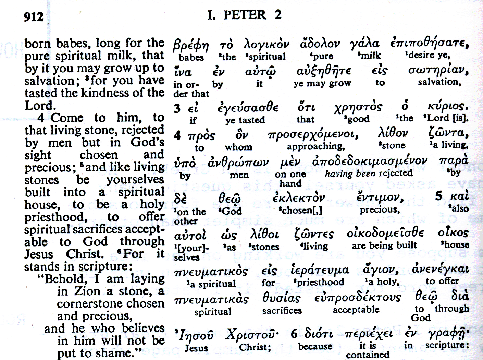 |
2. The Lexicon.
The second step is to acquire those books which give the meaning of the Scriptural Greek and Hebrew words. These books are called 'Lexicons'. They are authored by a variety of scholars, but it is generally accepted amongst students that the English translation of the Hebrew and Chaldee Lexicon compiled by the German GESENIUS, is worthy of one's full attention. The Greek-English Lexicon compiled by J.H.THAYER is also acclaimed by students. Both these volumes have many reprints. They originated in the middle nineteenth century.
Below is an example of a page from a Hebrew Lexicon showing the detailed definition of each Hebrew word with its Strong's Concordance reference number to the right
|
|
3. The Concordance.
Many discerning Christians have a concordance, having chosen from the most popular....Young's or Strong's or Cruden's. Each of these volumes lists every word in the Old and New Testament, so if one is not sure of a quotation, providing they can remember one word, it can be found by searching the listing for that word.
Young's has the added advantage of lists of the original Hebrew and Greek words with the various English translations of those words.
Strong's has a remarkable system of numbering applied to every original Hebrew and Greek word. The KJV English word is listed with the String's reference number by the side of each item. This tells one the original God Breathed Word which God used. All the Hebrew and Greek words are listed with their numbers in a Dictionary to supplement the concordance. Some Interlinear Bibles have these numbers over the top of each of the original words, making easy reference to the meaning in a Strong's Concordance.
Cruden's is similar to the Young's Concordance, but includes a list of referred Proper Names. Very useful when following the Biblical genealogies.
The Englishman's Greek concordance. This lists all the Greek words with the various English words used to translate them. It has a supplementary list of all the English words with their various original Greek words. There is also a quick page reference list of the Greek words.
Bullinger's Concordance and Lexicon of the New Testament. Each word in the Authorised King James version is listed together with the places it occurs and the original Greek word in those places. This can be referred to an index containing every Greek word in the N.T. each having a list of the corresponding English words. Thus the context of every Greek word can be quickly found.
Here is a page from a Strong's Concordance showing the number references to the right of each column:
 |
4. The Analytical Lexicons.
These volumes list every Hebrew and Greek word. If the student knows the simple elements of English Grammar, they will have no difficulty in perceiving the importance and practical use of these volumes in seeking to understand the work of our Saviour The Lord Jesus Christ. Each word is parsed and noted with its root:
The Analytical Hebrew and Chaldee Lexicon. Compiled by Benjamin Davidson.
The Greek Lexicon. published by Bagster, and others. Compiler unknown. This example shows the root Greek word on the right in the columns below. An example of the usage of a root word, the verb egeirw [to excite, to arouse, to awaken] is shown at the bottom of the column.
|
|
5. Greek and Hebrew Word Studies.
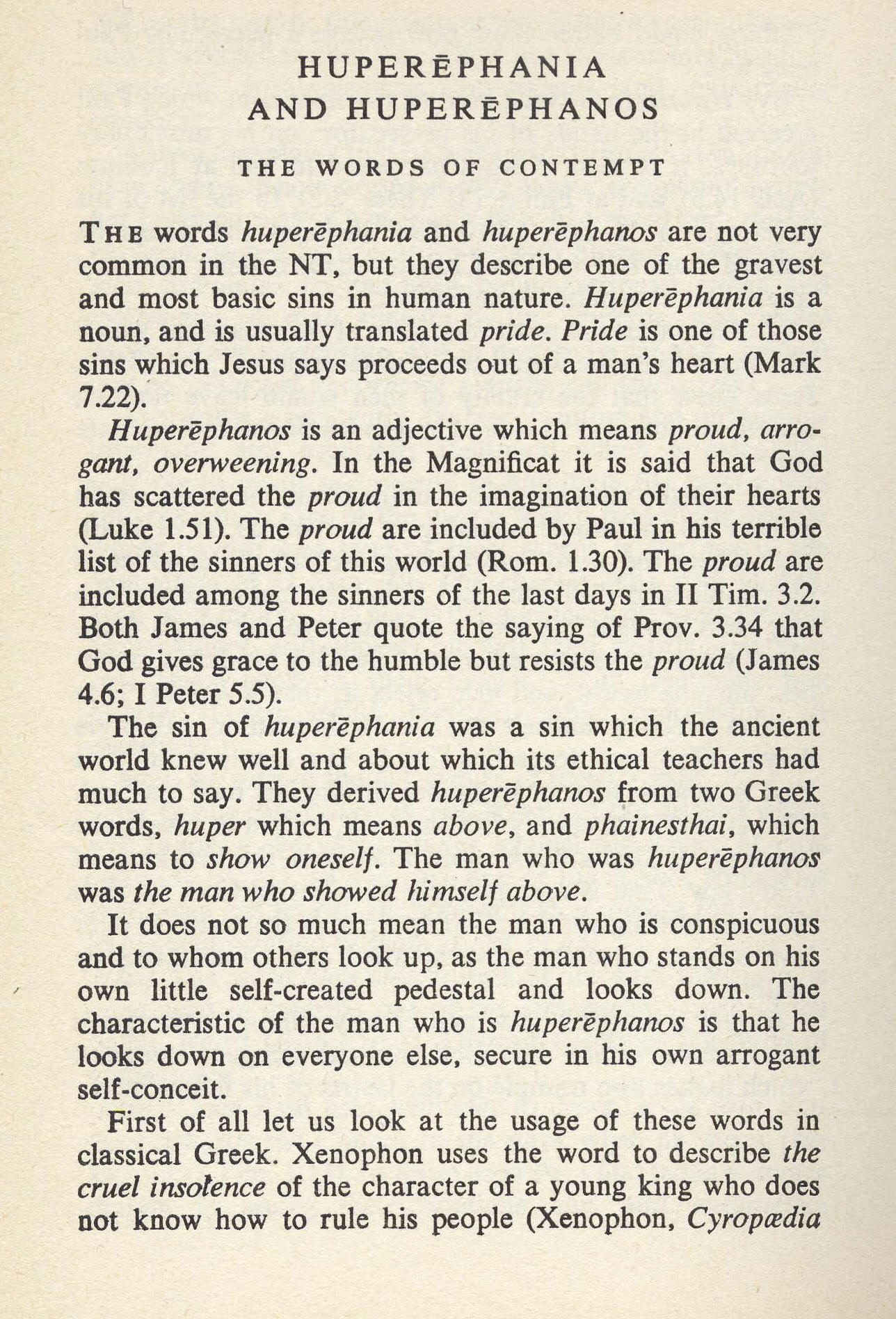
There are several of these studies. Those based on the Greek of the N.T. by Harold K. Moulton and William Barklay, being perhaps the most well known. An example of one based upon the Hebrew of the O.T. is Wilson's Old Testament Word Studies. These are undoubtedly a great help to the student. However, neither of these writers have perceived the change of Administration initiated by God in 62ad at the end of the Acts Record, so the student should be cautious when facing a point of doctrine.
6. The Septuagint and its Concordance
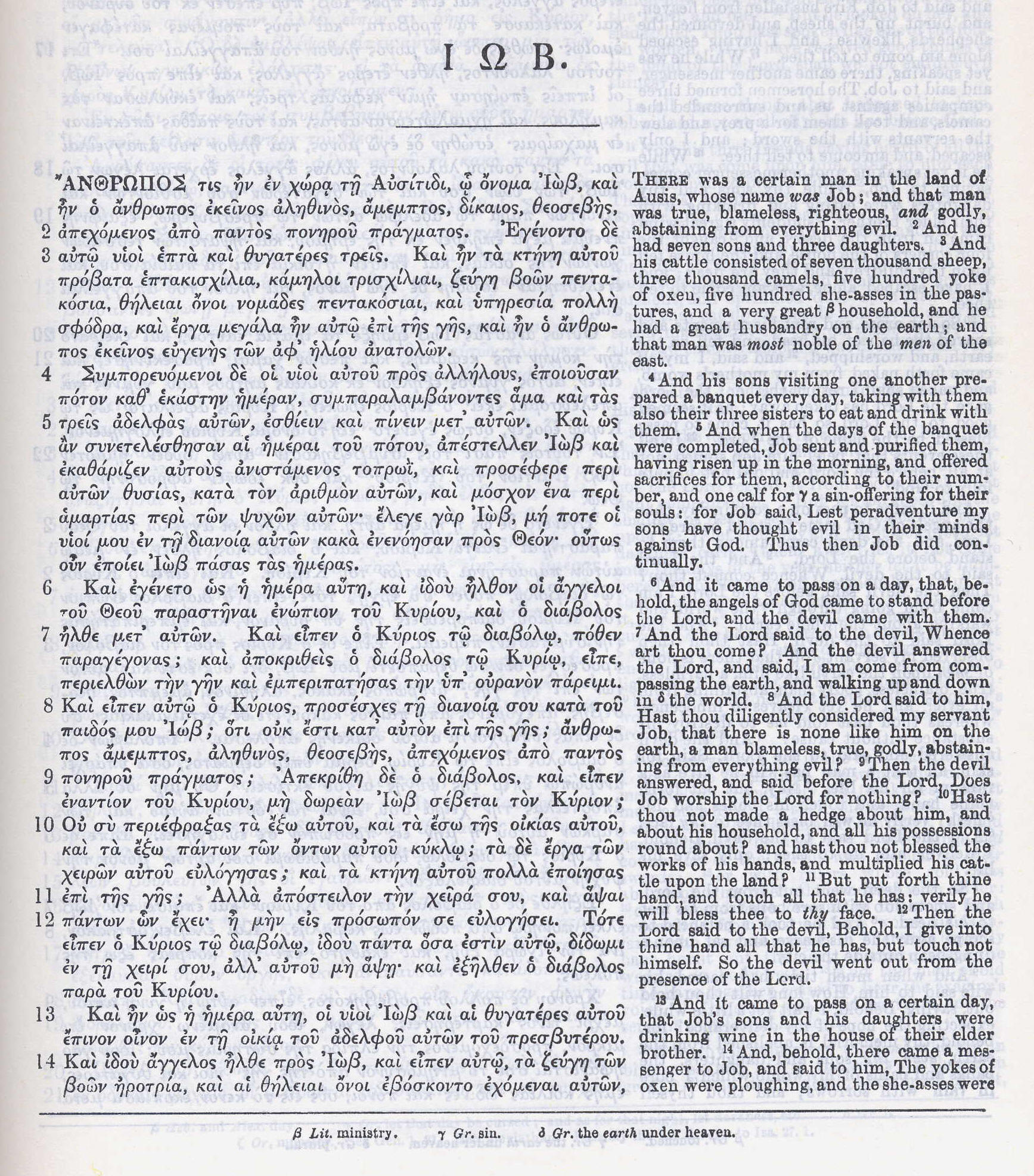

This is a version of The Old Testament translated into the Greek dialect of the 3rd century B.C. by the Hellenistic Jewish community living in Alexandria. It is not inspired and should therefore be treated with the same reserve that the student would to any of the present day translations of the Scriptures. Concordances are sometimes helpful when seeking to perceive a deeper understanding of a N.T. Greek word which has its equivalent meaning in the Septuagint translation of a Hebrew word.
7. The Who's Who Lists
These books present a comprehensive list of the characters in the Old and New Testaments. They include a brief overall history of the individual enabling the student to refresh his/her memory in relation to the study in which they are engaged. A very good example is WHO'S WHO IN THE OLD TESTAMENT compiled by Joan Comay with advice from Rabbi Michael Graetz and the Reverend Dr. Leonard Cowie F.R.Hist.S.
8. New Testament Greek Grammar
Most serious students of The God Breathed Word will need to grasp the important parts of Greek Grammar, i.e. the Koinee Greek of the New Testament. This is a frozen language whose words can sometimes have a very different meaning to those of modern Greek which is based upon the Greek's ancient philosophy. Cambridge University Press produce a very good example of the Grammar of the Koinee Greek. The title is THE ELEMENTS OF NEW TESTAMENT GREEK, authored by J.W.Wenham and based upon the work of H.P.V.Nunn's: Elements of New Testament Greek.
9. The Bible Map Book.
Sub titled: 'An on the Ground Guide to the Events in
the Bible' diagrammatic maps compiled and drawn by Simon Jenkins. The book
illustrates the activities of the Israelites in their movement, battles and
empire building throughout the O.T. The journeys and activities of The Christ
and His apostles is illustrated on the maps of the N.T. All the maps give a
graphic picture of the stories of The Bible.
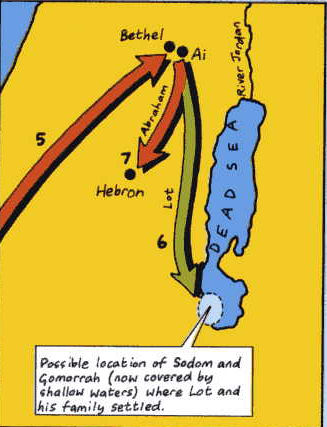
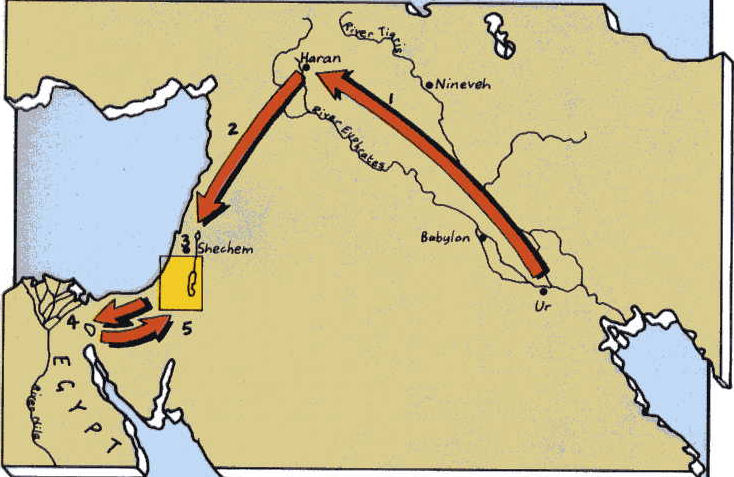
If you have comments or queries concerning the statement, please let us know.
Thank you for your information and views - we will respond as soon as possible.